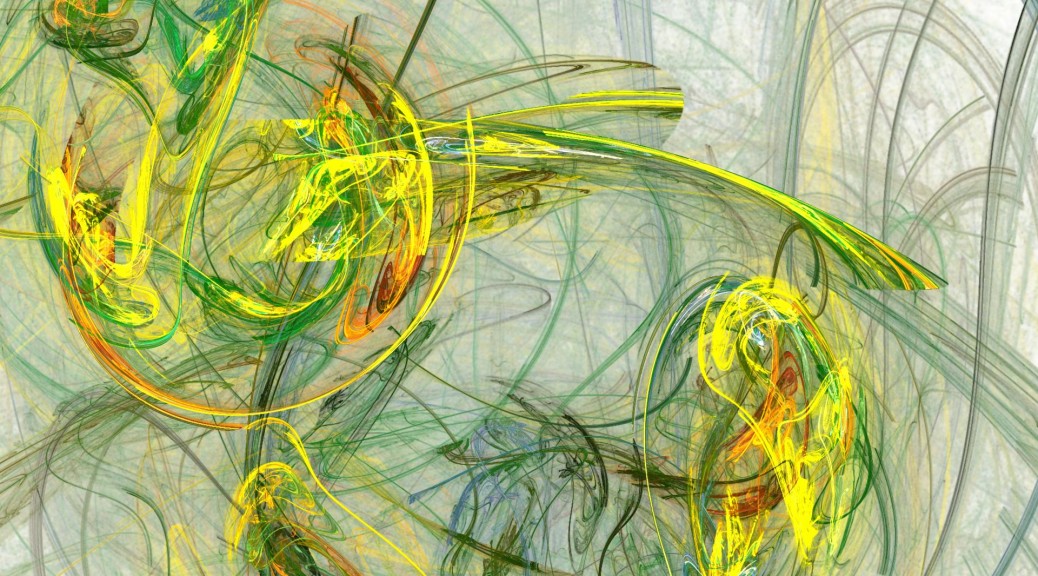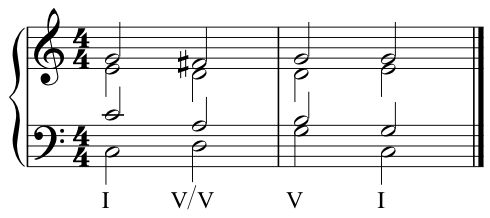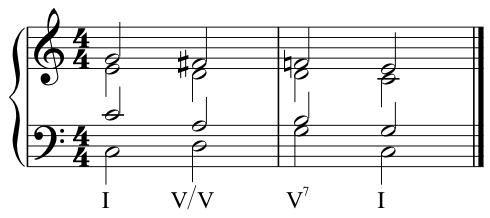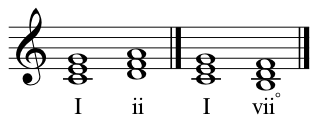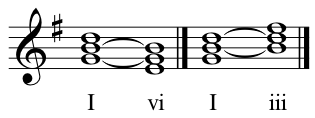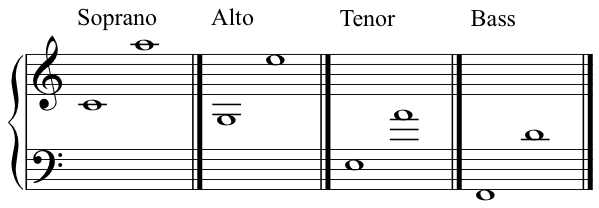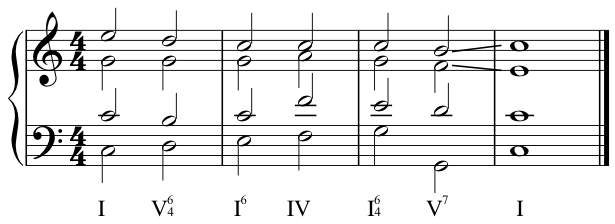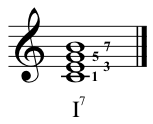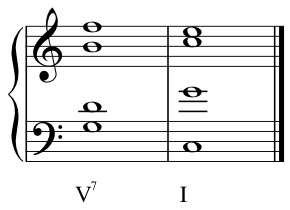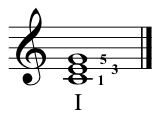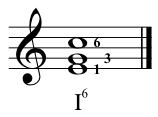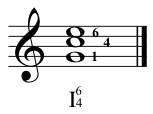If the Secondary Dominant Principle ended there, it would still be a neat trick, but it would only give you one new chord to try at any particular point. In fact it goes much deeper. What Piston calls the Extended Secondary Dominant Principle
I like to think of as the Secondary Cadence Principle
. The Secondary Dominant Principle states that you can preceed any chord of a key with its dominant. The Extended Secondary Dominant Principle says that you can preceed any chord of a key with a cadential sequence that targets it!
This means that everything you know about cadences can be applied, in principle, to these secondary tonics. Not all of the results will sound good, but the options become almost limitless. Here’s just a few examples.
False Cadences
A false cadence occurs when a dominant resolves irregularily, that is to an unexpected chord. The most common false cadence is from V7 to vi:
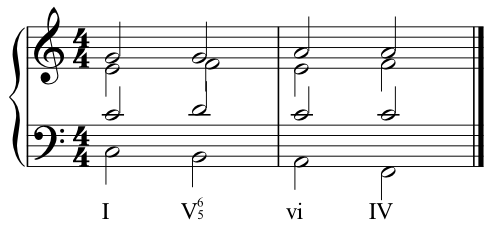
The V65 (V7 in first inversion) sets up a strong expectation that the next chord will be I, but instead chord vi follows. Now secondary dominants also set up a strong expectation that the following chord will be their secondary tonic, and we can pull the same trick there:
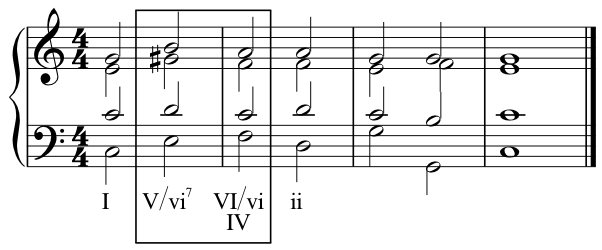
Chord V/vi7 expects to be followed by vi but instead we follow with VI/vi (which is also IV—remember that because vi is minor, its submediant in the natural minor scale is major).
Plagal Cadences
You could call these Secondary Subdominants
and they work pretty well when they introduce a note outside of the key:
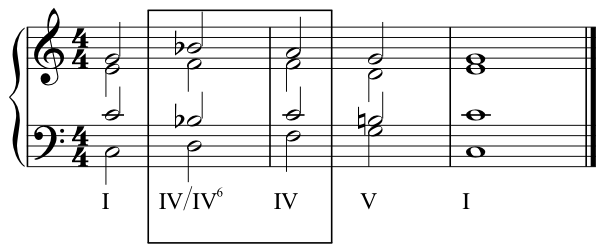
Cadential Sequences
You are not restricted to just a single chord in a tonicisation. All the common cadential formulae can be applied. For example the cadential six-four:
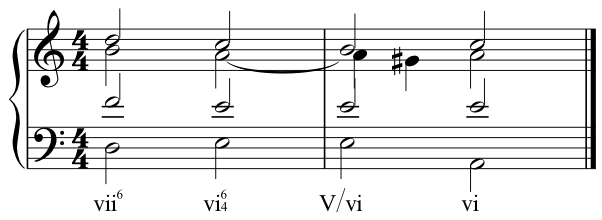
The common ii, V, I sequence, applied to vi:
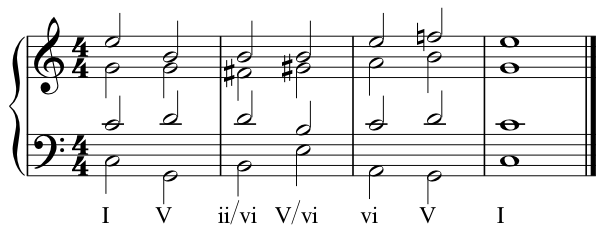
Secondary Dominants
Yes, that’s not a missprint. The secondary dominant principle can be applied to sequences derived from the extended secondary dominant principle, so we can write sequences like V/V/vi (five of five of six) going to V/vi:

I can only provide a few random examples of the possibilities here. You really should experiment on your own, finding out what kinds of things work well for you.
